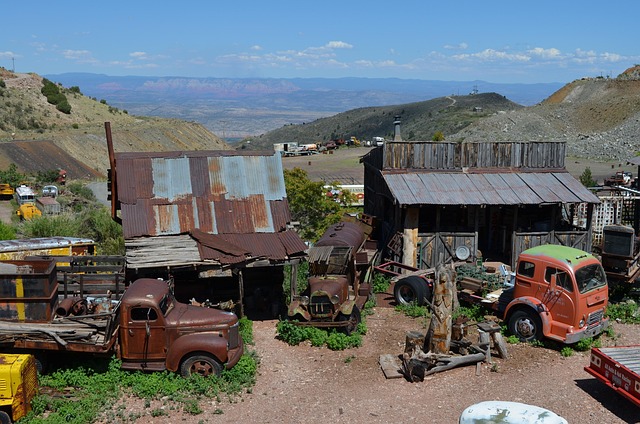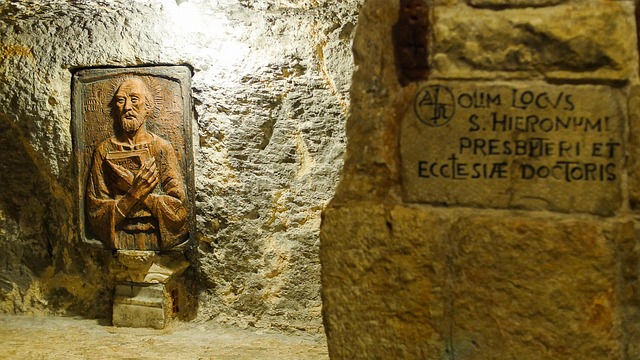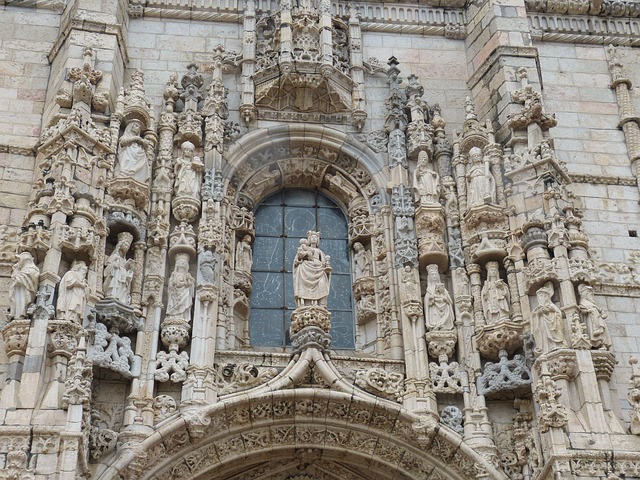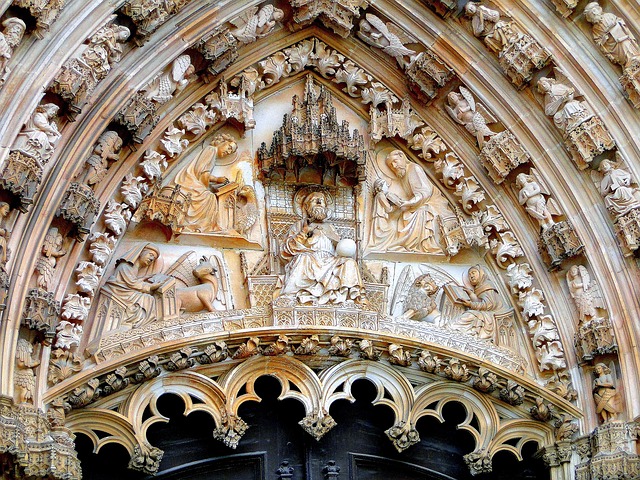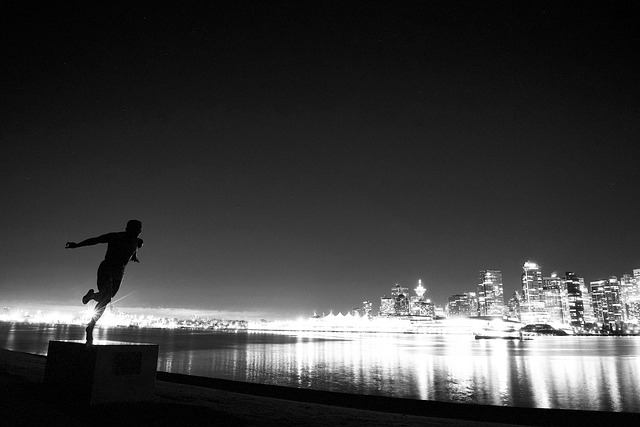Copper mining's historical legacy has morphed former industrial sites into vibrant artistic sanctuaries, merging industrial heritage with creative expression. Once bustling mines and rusted machinery now stand alongside contemporary art spaces, galleries, and ateliers, revitalizing real estate value through unique artistic backdrops. This trend attracts artists seeking affordable spaces while presenting challenges like contaminated environments and strict regulations that demand sustainable practices for ecologically responsible development.
In the heart of many regions, historic copper-mining sites have left behind not just a rich geological legacy but also untapped potential as artistic havens. Once bustling with the clank of machinery and the hum of industry, abandoned mines now offer a canvas for creativity. This article explores the remarkable transformation of these sites, delving into their historical context, the art they’ve inspired, and the unique real estate opportunities and challenges that arise from revitalizing these former mining grounds.
The Historical Context of Copper Mining in the Region

In the heart of this region, copper mining has left an indelible mark on both its landscape and history. For centuries, the vast deposits of this red metal have attracted adventurers, entrepreneurs, and workers alike, transforming the area into a bustling hub of industrial activity. The roots of this mining tradition date back to ancient times when local communities first discovered and harnessed the region’s rich copper veins. Over time, as word spread about the abundance of this valuable resource, a steady influx of miners and settlers flocked to the area, fueling economic growth and shaping its identity.
The historical context of copper mining in this region is intertwined with the rise and fall of industries, shifts in global markets, and advancements in technology. What was once a primary driver of local economies, transforming raw materials into tangible goods, has evolved into a cultural phenomenon. Today, as abandoned mines and rusted machinery stand as remnants of its past glory, the area has found a new purpose—a sanctuary for artists seeking unique inspiration. The former mining sites have given way to vibrant art spaces, galleries, and ateliers, attracting creative minds from near and far, thus reinventing this landscape through the lens of contemporary art and redefining its real estate value in the process.
How Abandoned Mines Transformed into Artistic Spaces

In many regions, abandoned copper mines have found new life as vibrant artistic spaces, offering a unique blend of industrial heritage and creative inspiration. These former mining sites, once bustling with activity, now attract artists and art enthusiasts from near and far. The transformation is remarkable; what was once a desolate landscape filled with the remnants of hard labor has evolved into a canvas for contemporary creativity.
Artists are drawn to these locations for their raw, untamed beauty and unique architectural features. The vast spaces, intricate tunnels, and towering structures provide an ideal backdrop for installations, sculptures, and performances. Many artists embrace the industrial aesthetic, creating pieces that reflect the site’s history while also offering a fresh perspective. This repurposing of abandoned mines not only breathes new life into neglected real estate but also fosters a thriving artistic community.
Real Estate Opportunities and Challenges in Revitalized Mine Sites

Revitalized mine sites present unique real estate opportunities, transforming former industrial landscapes into thriving artistic hubs. The vast, open spaces and rugged terrain offer artists and developers a blank canvas for innovative design and creative expression. Old mining structures can be repurposed as galleries, studios, or event spaces, blending history with modern art in intriguing ways. Additionally, the availability of land at relatively lower costs compared to urban centers attracts artists seeking affordable living and working environments, fostering a vibrant community of creatives.
However, challenges accompany these opportunities. Contaminated soil and water from past mining activities require careful remediation before safe re-development can occur. Environmental regulations and strict standards ensure the protection of nearby communities and ecosystems, adding complexity to renovation projects. Real estate developers must navigate these regulatory hurdles and invest in sustainable practices to create art havens that are both aesthetically pleasing and ecologically responsible.
